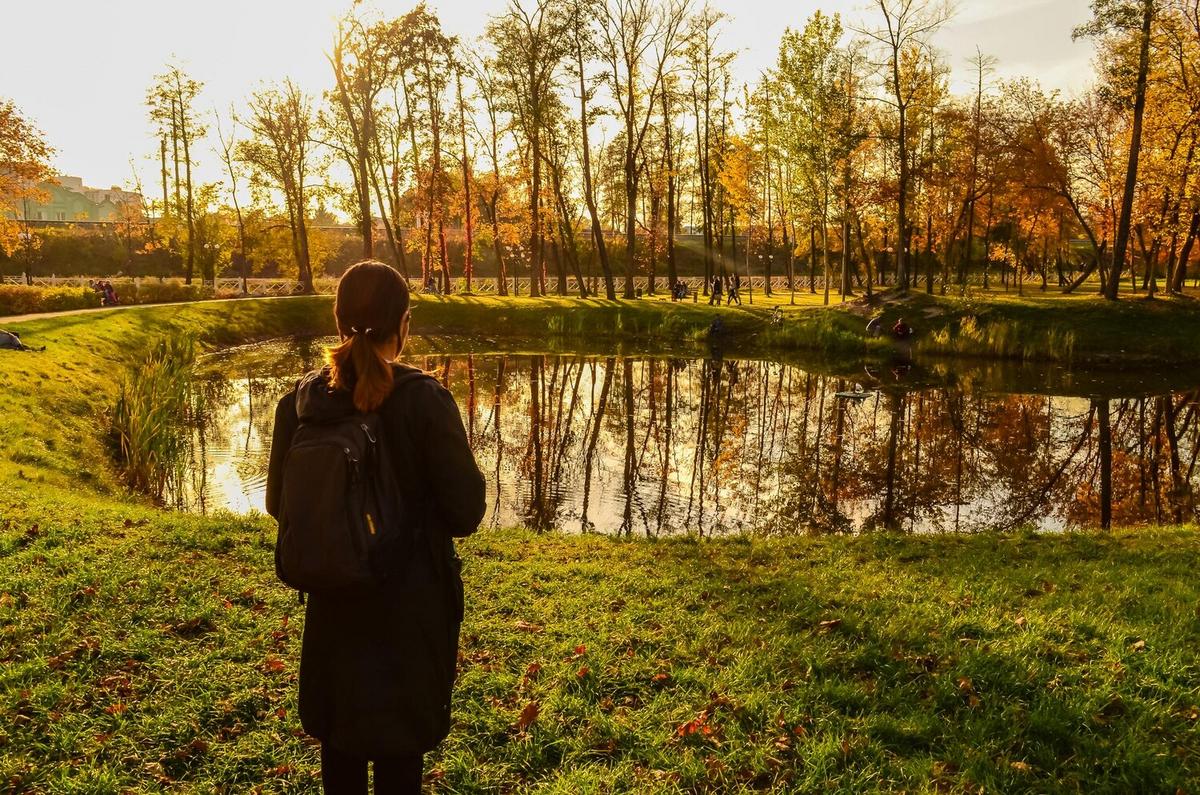
Benefits of a Plant-Based Diet for Mental Health
Exploring the connection between what we eat and how we feel reveals fascinating insights into the benefits of a plant-based diet for mental health.
Understanding the Link Between Diet and Mental Well-being
While we often hear about the physical benefits of a plant-based diet, its impact on mental health is equally significant. According to the Journal of Affective Disorders, individuals who follow plant-based diets tend to experience lower levels of anxiety and depression. This connection is largely attributed to the nutrients found in fruits, vegetables, grains, and legumes which are rich in vitamins, minerals, and antioxidants.
Expert Insights
Dr. Michael Greger, a renowned nutrition expert, emphasizes that “consuming a diet rich in plant-based foods can provide a natural source of mood-enhancing nutrients.” These include folate, magnesium, and omega-3 fatty acids, which are known to support brain health.
Research Findings
Studies have shown that individuals who consume a diet high in fruits and vegetables have a 35% lower risk of developing depression compared to those who eat less of these foods. This statistic highlights the profound impact that diet can have on mental health.
Personal Experiences
Consider the experience of Alex, who transitioned to a plant-based diet and noticed a significant improvement in his mood and energy levels. “I feel more balanced and less stressed,” he shares, noting the positive changes in his overall mental well-being.
Actionable Tips for Embracing a Plant-Based Diet
- Introduce more whole foods into your meals, such as leafy greens, nuts, and seeds.
- Experiment with plant-based recipes to keep your meals exciting and varied.
- Stay informed by reading books and articles on plant-based nutrition.
- Join online communities for support and inspiration.
Nutrient Comparison Table
| Nutrient | Animal-Based Source | Plant-Based Source |
|---|---|---|
| Protein | Chicken | Lentils |
| Omega-3 | Salmon | Chia Seeds |
| Iron | Beef | Spinach |
| Calcium | Milk | Broccoli |
| Vitamin B12 | Eggs | Fortified Cereals |
| Zinc | Pork | Pumpkin Seeds |
| Fiber | None | Quinoa |
| Antioxidants | None | Blueberries |
Frequently Asked Questions
How does a plant-based diet improve mental health?
A plant-based diet is rich in nutrients that support brain health, such as omega-3 fatty acids, folate, and magnesium, which can improve mood and reduce anxiety.
Can I get enough protein on a plant-based diet?
Yes, plant-based sources of protein like lentils, quinoa, and chickpeas provide ample protein for most dietary needs.
Are there mental health risks associated with a plant-based diet?
While generally beneficial, it’s important to ensure a balanced intake of all essential nutrients to avoid deficiencies that could impact mental health.
Conclusion
Incorporating a plant-based diet into your lifestyle can offer numerous mental health benefits, from reducing anxiety to enhancing mood. By focusing on nutrient-rich foods and making gradual changes, you can experience a positive transformation in your mental well-being. For more insights on healthy habits and lifestyle changes, explore resources like this guide.


